Microsoft is launching a new AI language tool for business users. The Azure OpenAI Service will give vetted customers access to OpenAI’s GPT-3 — a powerful and problematic AI language model.


Neuroscientists find the internal workings of next-word prediction models resemble those of language-processing centers in the brain.
In the past few years, artificial intelligence models of language have become very good at certain tasks. Most notably, they excel at predicting the next word in a string of text; this technology helps search engines and texting apps predict the next word you are going to type.
The most recent generation of predictive language models also appears to learn something about the underlying meaning of language. These models can not only predict the word that comes next, but also perform tasks that seem to require some degree of genuine understanding, such as question answering, document summarization, and story completion.
Last year DeepMind’s breakthrough AI system AlphaFold2 was recognised as a solution to the 50-year-old grand challenge of protein folding, capable of predicting the 3D structure of a protein directly from its amino acid sequence to atomic-level accuracy. This has been a watershed moment for computational and AI methods for biology.
Building on this advance, today, I’m thrilled to announce the creation of a new Alphabet company – Isomorphic Labs – a commercial venture with the mission to reimagine the entire drug discovery process from the ground up with an AI-first approach and, ultimately, to model and understand some of the fundamental mechanisms of life.
For over a decade DeepMind has been in the vanguard of advancing the state-of-the-art in AI, often using games as a proving ground for developing general purpose learning systems, like AlphaGo, our program that beat the world champion at the complex game of Go. We are at an exciting moment in history now where these techniques and methods are becoming powerful and sophisticated enough to be applied to real-world problems including scientific discovery itself. One of the most important applications of AI that I can think of is in the field of biological and medical research, and it is an area I have been passionate about addressing for many years. Now the time is right to push this forward at pace, and with the dedicated focus and resources that Isomorphic Labs will bring.
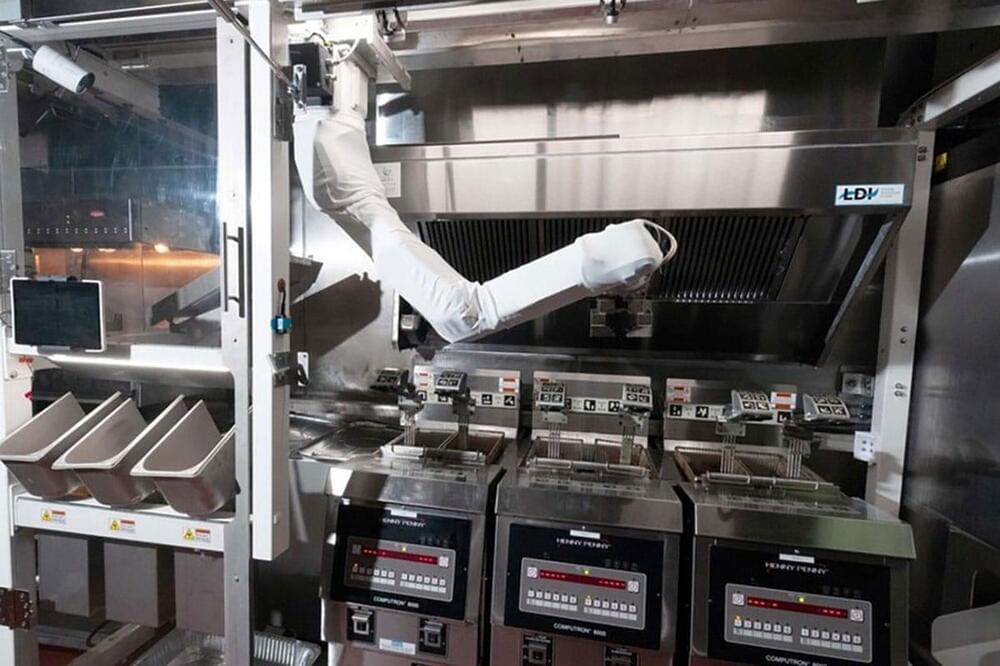
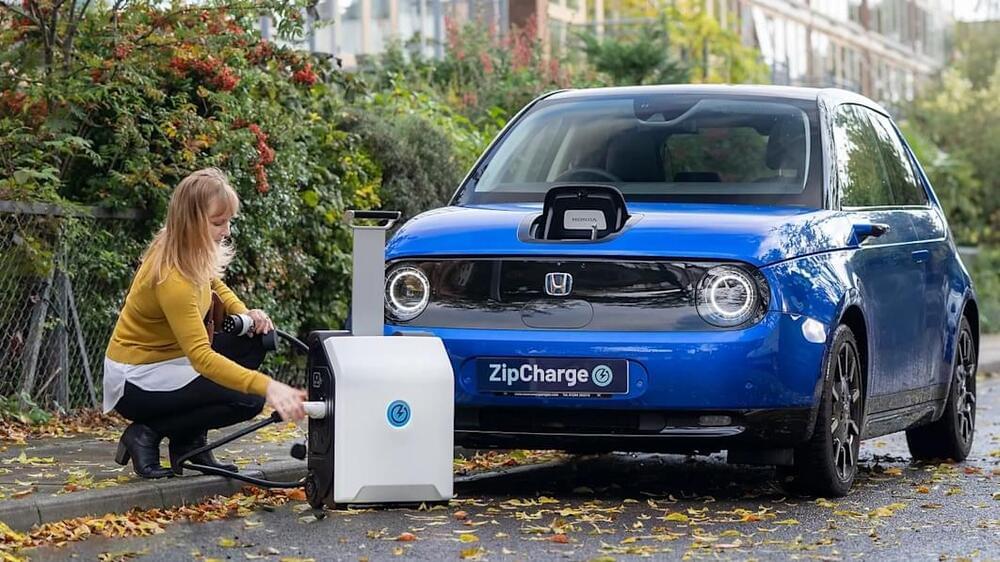
ZipCharge has launched a new type of charging product for EVs that might be able to convince people worried about range anxiety to switch from gas vehicles. The British startup has introduced a powerbank for EVs called ZipCharge Go at the Cop26 climate summit. It’s about the size of a suitcase and weighs around 50 pounds — plus, it has wheels and a retractable handle, so users can put it in their trunk and easily take it out when they need to charge.
According to the company, the Go can provide up 20 miles of range after being plugged into the car for 30 minutes. A higher capacity version will be able to provide an EV up to 40 miles of range. The device works with any plug-in hybrid or EV with a Type 2 socket, and it can charge that vehicle to its full capacity between 30 minutes to an hour. Charging up the device itself is as easy as plugging it into any socket, and users will be able to control and monitor it through an app, where they can schedule future charges during off-peak hours for cheaper costs.
While range anxiety is becoming less of an issue these days, it’s still keeping those on the fence from making the leap. A company called Gogoro developed hot-swappable battery technology for scooters to address the problem, but batteries in electric cars typically can’t be swapped out. SparkCharge has a portable EV charging system called the Roadie, but it’s not nearly as easy to carry around as the Go.

The world wants to “transition” away from fossil fuels toward green energy, but the difficult reality is this: Dirty fuels are not going away — or even declining — anytime soon.
The total amount of renewable energy that’s available is growing. That’s good news for a world threatened by potentially devastating climate change.
But the increase in renewable energy is still lower than the increase in global energy demand overall. A “transition” from fossil fuels may come someday, but for now, renewable energy isn’t even keeping pace with rising energy demand — so fossil fuel demand is still growing.
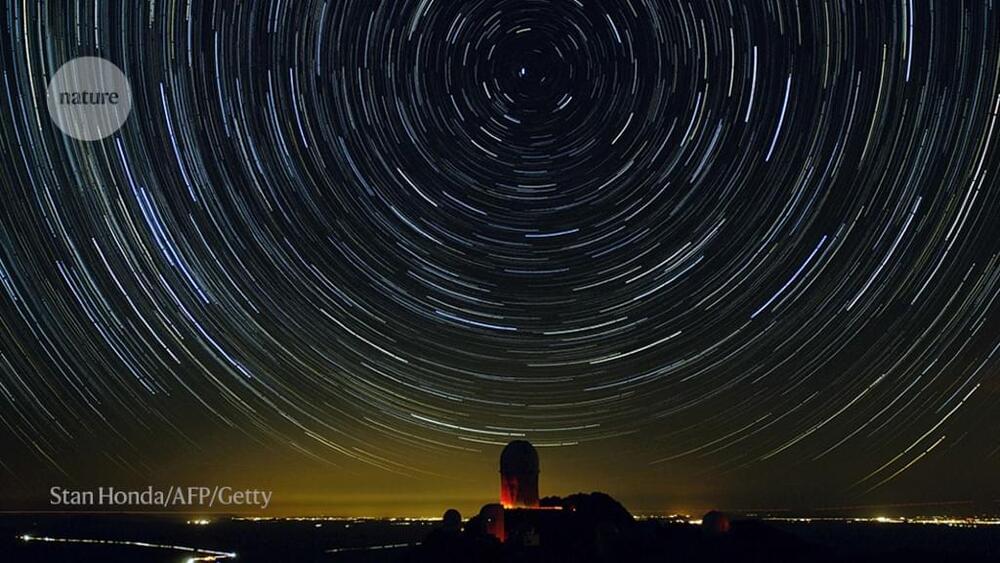
It recommends that NASA coordinate, build and launch three flagship space observatories capable of detecting light over a broad range of wavelengths. It suggests that the US National Science Foundation (NSF) fund two enormous ground-based telescopes in Chile and possibly Hawaii, to try to catch up with an advanced European telescope that’s under construction. And for the first time, it issues recommendations for how federal agencies should fight systemic racism, sexism and ot… See more.
Its ‘decadal survey’ pitches big new space observatories, funding for large telescopes and a reckoning over social issues plaguing the field.
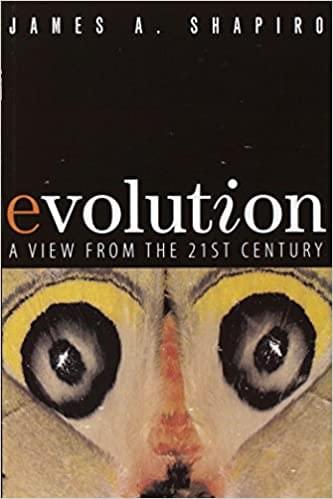
It’s awe-inspiring to realize that there is a complex intelligence in every living cell. Two questions arise: Is it the intelligence of the cell? That seems inconsistent with how we usually use the word “intelligence.” If we see that a one-celled life form functions with lot of intelligence, perhaps it is more like a book that contains great ideas. Paper doesn’t create ideas; neither, by itself, does protoplasm. Something else is at work.
If the cell itself does not create the intelligence it embodies, what does? Panpsychists argue that all of nature participates in some way in consciousness and humans are the most highly developed example. Theists argue that only a mind outside the universe could create something like human consciousness.
As we learn more and more about the intricate complexities of nature, perhaps debates over the origin of life, intelligence, consciousness, and similar topics will increasingly be between panpsychists and theists rather than materialists and theists. A whole new environment.
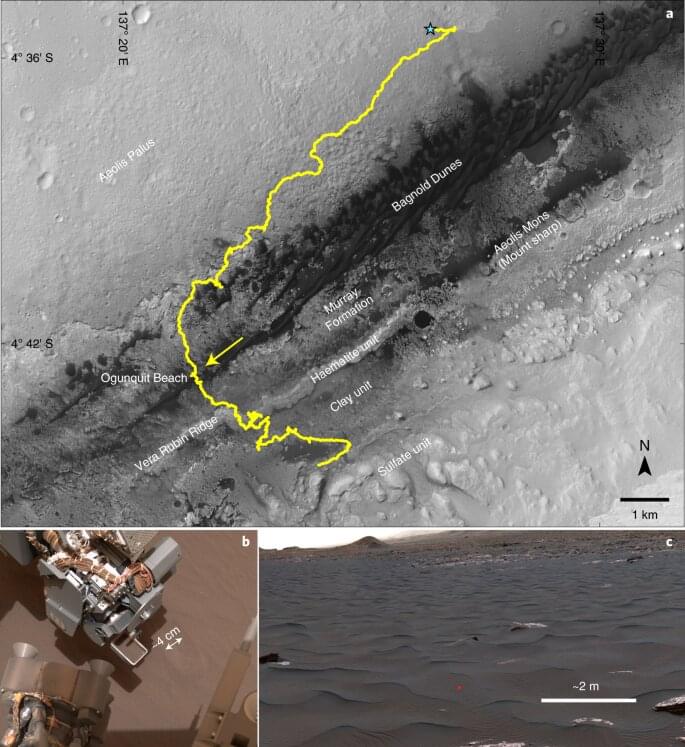
An international team of space researchers working with NASA’s Goddard Space Flight Center has found previously unknown organic molecules on Mars using a new experiment aboard the Curiosity rover. The results are published in the journal Nature Astronomy.
To date, NASA has sent nine orbiters and six rovers to Mars, in part to learn more about the possibility of extraterrestrial life. To that end, the planet has been photographed with various types of cameras. More recently, rovers have dug down into the Martian soil to collect samples for analysis. The goal of such work is to learn more about the chemicals in the soil on or near the surface, but more specifically, to see if it contains organic molecules. If so, they could be evidence of life or prior life on the planet. The rovers have found organic molecules, but samples were not sufficient to claim they were produced or used by a living organism. Thus, the search continues. In this new effort, after the Curiosity rover’s drill stopped working in 2,017 the control team chose to conduct a type of experiment that had not been done by the rover before.
Curiosity carries an instrument called the Sample Analysis at Mars, an array of cups that hold samples of soil as they are being analyzed. The array has 74 cups—all but nine of them are empty most of the time. The other nine hold chemicals that are used to conduct other kinds of experiments. Because of the drill malfunction, the team at NASA chose to drop soil samples into the cups containing the chemicals and then to analyze the chemicals released due to reactions. The researchers found organic molecules in the soil that had never been seen on Mars before. While the new experiment did not find evidence of life, it did show that there are other novel ways to test for it on Mars and other planets.
Use the code “Undecided” to get Curiosity Stream for less than $15 a year! https://curiositystream.com/Undecided. Before you blow your fuse and start leaving your nuclear fusion jokes in the comments, there’s been a major fusion development we have to talk about and it’s kind of a nuclear bombshell… poor choice of words… it’s big news. It’s all about high temperature semiconductors (ie. magnets).
Watch Exploring the 1,000 Mile Car Battery — Aluminum Air Hype? https://youtu.be/9OOq3f6mUxU?list=PLnTSM-ORSgi7UWp64ZlOKUPNXePMTdU4d.
Special thanks to MIT (http://news.mit.edu/) and Commonwealth Fusion Systems (https://cfs.energy/) for some of the video and photos used, as well as Dr. Greenwald for his time and expertise.
Video script and citations:
https://undecidedmf.com/episodes/exploring-why-this-nuclear-…gh-matters.
Follow-up podcast:
Video version — https://www.youtube.com/channel/UC4-aWB84Bupf5hxGqrwYqLA
Audio version — http://bit.ly/stilltbdfm.
👋 Support Undecided on Patreon!